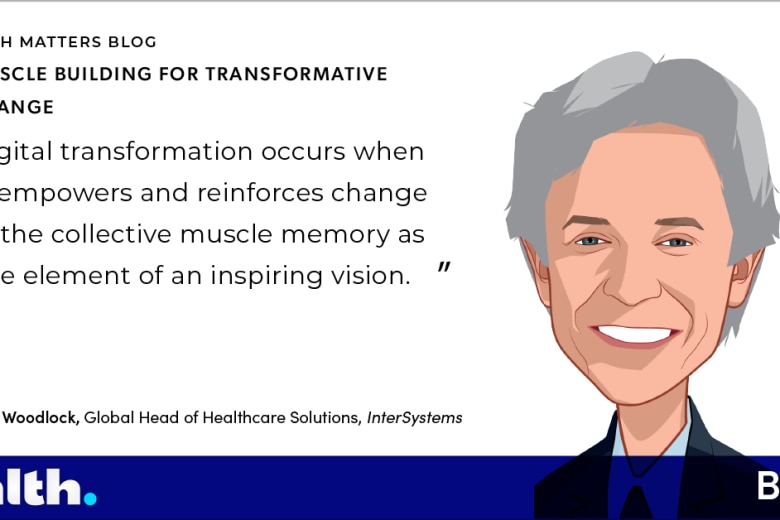When Covid-19 hit, healthcare providers around the world transitioned quickly to deliver medical consultations remotely. Using phone, video conferencing software, and electronic medical records (EMRs), healthcare providers were able to address the immediate needs of patients without requiring in-person consultations.
Despite the quick technological pivot, these systems sometimes left me longing for the “old normal” – the personalized touch I had been used to. I yearned for the days of visiting one of my favorite primary care doctors at a South-East Asian hospital – he always made me feel understood and supported no matter how trivial the reason for my appointment. I always left the clinic with a smile.
On the Covid report card, most hospitals get an “A” for transitioning to telehealth. However, many of these telehealth consultations were transactional in nature. In the “new normal,” if I had a serious, chronic, or more immediate debilitating condition, a telehealth consultation during the height of the pandemic just wouldn’t have cut it. Connection issues, technology malfunctions, and the ubiquitous reminder that “You’re on mute!” make these experiences challenging. Additionally, clinicians are often distracted by the myriad of patient information being poorly presented on their computer screen. They can see a patient’s entire medical history, yet the patient has no idea what’s on the screen, which makes it feel like a one-sided conversation.
Simply put, we can – and must – do better.
Reconsidering the future of telehealth
With the tapering-off of the pandemic in sight and more normal interactions back on the cards, it’s time to reconsider what the future of virtual healthcare should look like. There’s no denying that virtual experiences can deliver significant benefits to patients by reducing their need to travel to see a doctor, potentially increasing their access to primary care and specialist physicians, and more importantly taking more control for their own care.
The future of telehealth – “telecare,” let’s call it -- shifts healthcare away from the transactional and toward the personal. Telecare offers a patient-centric care experience in a virtual environment, removing distractions and barriers to communication and creating a higher quality interaction for both patients and doctors. Yet, during a recent Economist webinar on the future of remote care delivery, participants saw “the personal touch” as the top obstacle to overcome.
Healthcare workers have a challenge: learning to manage new ways of interacting with patients virtually, while picking up on the traditional, non-verbal cues that help them diagnose and treat patients. The remote consultation tends to preclude the small talk portion of a clinical interaction, which is where clinicians get a wealth of information about their patients. Overcoming this is important for clinicians in order to provide the kind of patient-centric experience that engenders confidence and satisfaction.
The (small) role of technology in improving virtual care
Ultimately, improving virtual care comes down to helping patients feel like they’re receiving the same experience they would if they were in the same room as the doctor. This is less of a technology question than it is a clinician/patient relationship question. However, technology can support this by:
- Making patient information available in a more intuitive, less distracting way.
- Integrating appointment workflows into one system for simplicity and ease of use.
- Providing patient self-service options like portals that give patients more control over their own health and care.
- Letting doctors capture notes in a more streamlined way, like recording voice notes, rather than being distracted by a keyboard.
- Providing wearable devices that capture patient data, allowing clinicians to make better care decisions for their patients.
What’s next for the future of virtual care
Fortunately, care providers have realized the issues with telehealth and are committed to continuing the hard work ahead to make improvements. They recognize not only the personal, but the business needs of being able to provide a solid “telehealth” experience for patients.
The rapid rate of acceleration we’ve seen in telehealth over the last year was born out of necessity, but benefits to providers and patients are endless. Let’s use the lessons learned of the recent past as a stepping stone towards creating a better healthcare experience of tomorrow.
Learn more about how InterSystems helps make virtual care possible.





































